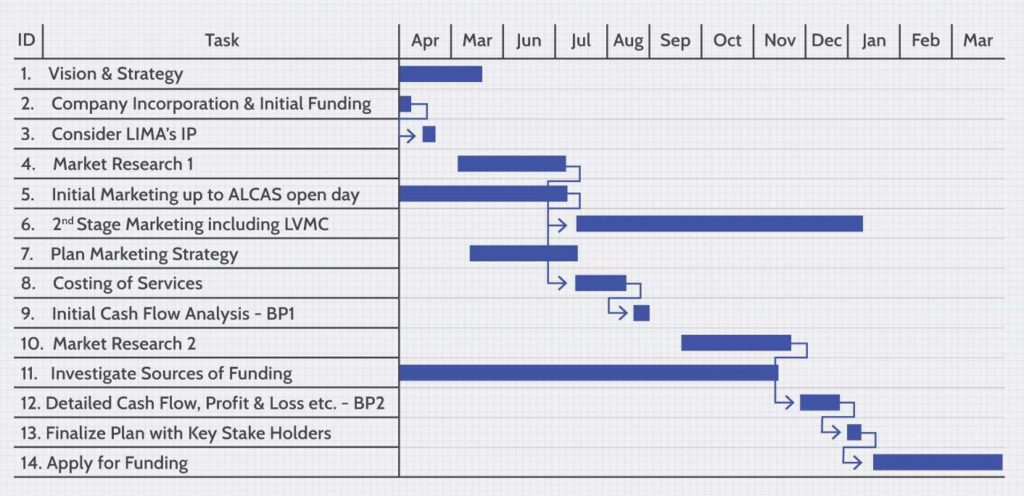In today’s competitive construction industry, staying on top of deadlines and managing project timelines are critical for a successful project. Civil engineers especially have the responsibility of adhering to strict project scheduling. As a result, Extension of Time requests has become commonplace in a civil engineering project manager’s tool kit. In this article, we will explore the ins and outs of an Extension of Time request and how civil engineers can maximize their potential to ensure successful project completion.
An Extension of Time, or an EOT, is a request for an extension to the contract’s completion date. In order for an EOT to be approved, the request must be submitted in writing to the consultant or engineer and must be accompanied by supporting documentation. The request must also outline the reasons for the request and the expected duration of the extension.
There are many reasons why an EOT may be necessary, but the most common reason is delayed beyond the contractor’s control. These delays can be caused by
- Delays in providing the access to the site at the beginning of the project
- Weather
- Variations
- Failure of the engineer to provide required information to proceed with construction
- Material shortages
- Force Majeure
- Changes in the scope of work
- Strikes
- Delays in getting permission and contractor have made a reasonable effort
- Any other inevitable incidences that are beyond the control of the contractor

In some cases, an extension may also be granted if the contractor can show that they have made a good-faith effort to complete the project on time but have been hindered by events beyond their control.
Once an EOT request is submitted, the consultant or engineer will review the request and supporting documentation to determine if the request is valid. If the request is approved, the consultant will extend the contract completion date by the amount of time specified in the request. In some cases, the consultant may also approve a partial extension, which would grant the contractor an extension for only a portion of the requested time.
If the consultant denies the request, the contractor has the option to appeal the decision. The appeal must be submitted in writing, and the contractor must state the reasons why they believe the extension should be granted. The consultant will then review the appeal and make a final decision. If the appeal is denied, the contractor can then proceed with dispute resolution.
Extensions of time are a common occurrence in the construction industry, and civil engineers should be familiar with the process. By understanding how an EOT works, civil engineers can be better prepared to manage their projects and ensure that they are completed on time and within budget.


